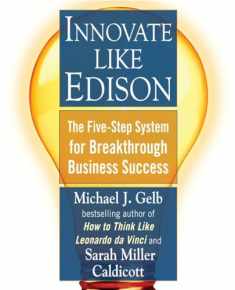
Intellectual Property Strategy (The MIT Press Essential Knowledge series)
Book details
Summary
Description
How a flexible and creative approach to intellectual property can help an organization accomplish goals ranging from building market share to expanding an industry.
Most managers leave intellectual property issues to the legal department, unaware that an organization's intellectual property can help accomplish a range of management goals, from accessing new markets to improving existing products to generating new revenue streams. In this book, intellectual property expert and Harvard Law School professor John Palfrey offers a short briefing on intellectual property strategy for corporate managers and nonprofit administrators. Palfrey argues for strategies that go beyond the traditional highly restrictive “sword and shield” approach, suggesting that flexibility and creativity are essential to a profitable long-term intellectual property strategy―especially in an era of changing attitudes about media.
Intellectual property, writes Palfrey, should be considered a key strategic asset class. Almost every organization has an intellectual property portfolio of some value and therefore the need for an intellectual property strategy. A brand, for example, is an important form of intellectual property, as is any information managed and produced by an organization. Palfrey identifies the essential areas of intellectual property―patent, copyright, trademark, and trade secret―and describes strategic approaches to each in a variety of organizational contexts, based on four basic steps.
The most innovative organizations employ multiple intellectual property approaches, depending on the situation, asking hard, context-specific questions. By doing so, they achieve both short- and long-term benefits while positioning themselves for success in the global information economy.


We would LOVE it if you could help us and other readers by reviewing the book
Book review





